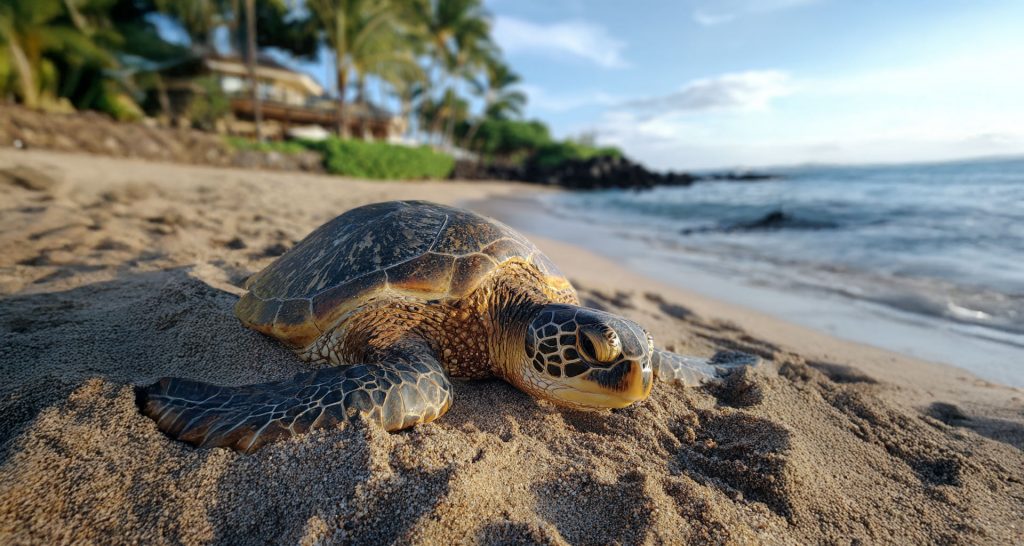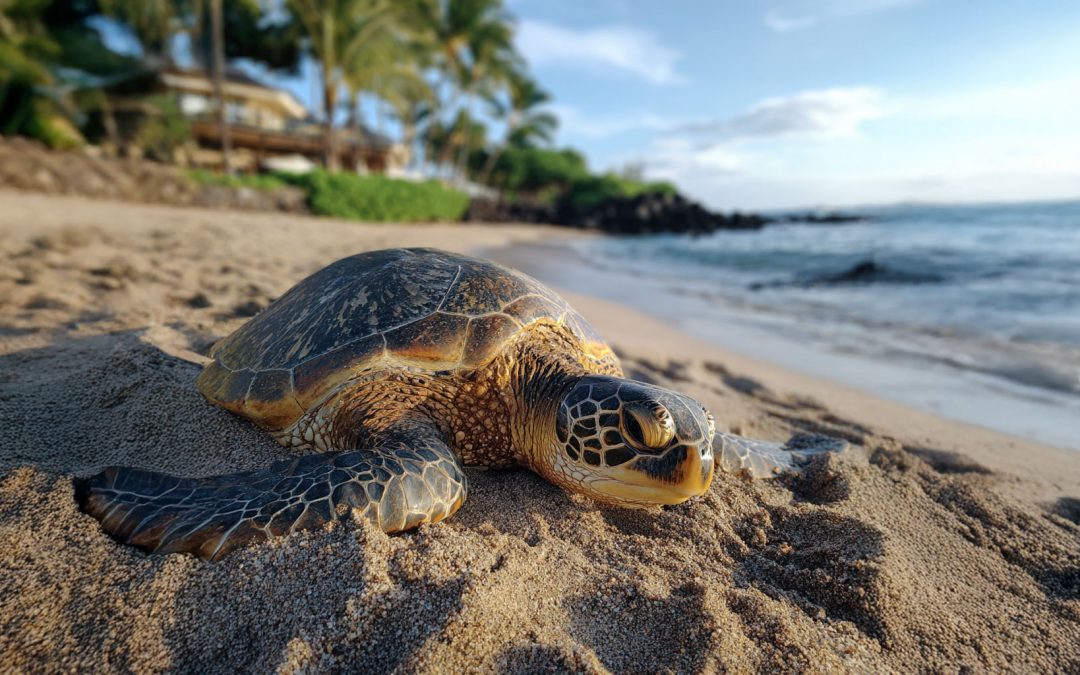Sea Turtle Anatomy Explained: Cool Facts You’ll Want To Know

Sea turtles are built for life in the ocean. Their shells are part of their skeleton, their flippers work like wings, and their senses help them find food and travel huge distances. Below is a fresh breakdown of how a sea turtle’s body works, with simple terms and clear facts.
The Shell: Built-in Body Armor
- What it is: The shell grows with the turtle and is part of the skeleton.
- Two sections:
- Surface covering:
- Most species in Cheloniidae: Hard keratin plates called scutes.
- Leatherback in Dermochelyidae: No scutes. A leathery, oil-rich skin covers a flexible layer of many small bones.
Limbs and How They Move
- Flippers made for water:
- Fore flippers: Provide strong, wing-like thrust.
- Hind flippers: Work like rudders for steering. Females also use them to dig nests.
- On land: Movement is clumsy and slow. They come ashore mainly to nest and cannot pull heads or limbs inside the shell.
Head, Beak, and Senses
- Beak instead of teeth: Each species has a beak shaped for its diet.
- Plant eater: Green sea turtle uses a serrated beak to tear seagrass.
- Shell crusher: Loggerhead has a large head with powerful jaws for hard prey.
- Jellyfish hunter: Leatherback has scissor-like jaws and spines in the throat to hold slippery prey.
- Eyes: Large eyelids protect the eyes. Vision is sharp underwater but near-sighted on land.
- Hearing and smell: Sensitive to low-frequency sounds and vibrations. Strong sense of smell helps locate food.
Breathing and Body Control
- Air breathers: They have lungs and must surface to breathe.
- Breath holding:
- Active swimming: Surfacing can happen every few minutes.
- Resting: Heart rate drops a lot, which allows submersion for hours.
- Saving oxygen: They store high levels of oxygen in blood and muscles and reduce blood flow to non-critical organs during long dives.
- Salt control: Large salt glands near the eyes remove extra salt from seawater. On land it can look like tears.
Long Trips and Ocean Navigation
- Magnetic compass: Sea turtles sense Earth’s magnetic field to guide long routes.
- Geomagnetic memory: Females can remember the magnetic pattern of their birth beach and return there years later to nest.
- Distance covered: Some, like the leatherback, travel thousands of miles each year.
Males and Females: What Changes With Age
- Hard to tell when young: Sex is clearer at maturity.
- Adult traits:
- Males: Longer, thicker tails that reach past the hind flippers.
- Females: Shorter tails.
- Claws: In all species except the leatherback, males have long, curved claws on the fore flippers that help them hold onto the female’s shell during mating.
Quick Reference Highlights
- Shell has two parts: carapace on top, plastron on bottom.
- Most species have keratin scutes. Leatherbacks have leathery skin over many small bones.
- Fore flippers power swimming. Hind flippers steer and dig nests.
- Beak shape matches diet.
- Strong smell, good underwater vision, low-frequency hearing.
- Lungs require breathing at the surface, but slow heart rate allows long dives.
- Salt glands near the eyes remove excess salt.
- Navigate with Earth’s magnetic field and return to natal beaches.
- Adult males have longer tails and, except for leatherbacks, curved fore-flipper claws.

